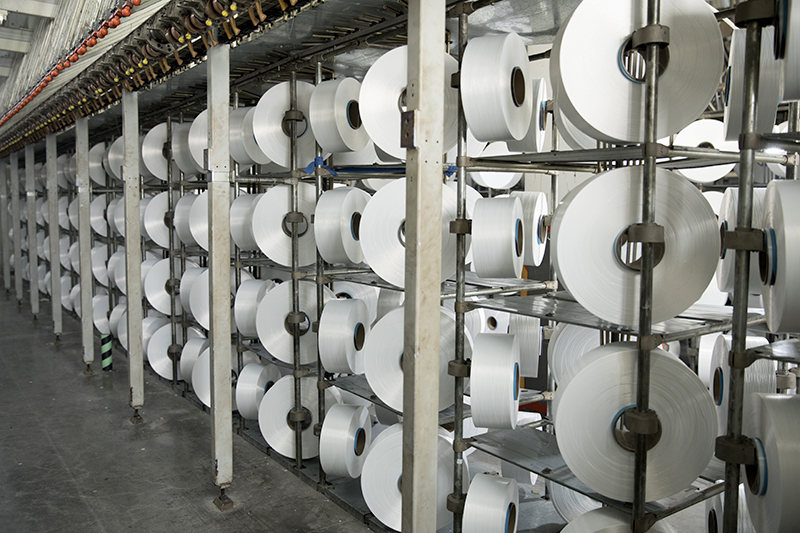Navy/Grey 150D/36F DTY Yarn 99.99% Polyester Anti-pilling Yarn for Sewing Materi...
See DetailsEquipment factors in the spinning process have a great impact on quality. Strengthening the control of equipment factors in the spinning process can reduce the impact on the processing quality of subsequent products, thereby achieving the purpose of improving quality.
Types and characteristics of yarn defects caused by equipment factors in the spinning process
Generally, there are two types of yarn defects in the spinning process: frequent yarn defects and occasional yarn defects. Frequent yarn defects are generally even CV, kilometer thick knots, kilometer details and kilometer neps; occasional yarn defects are mainly 100,000-meter harmful yarn defects, focusing on long thick knots and long details, as well as clear Qualitative yarn defects. Yarn defects caused by equipment factors are somewhere in between. They are characterized by frequent occurrences and occasional manifestations. They are mainly caused by yarn defects during mechanical operation. They are common and sudden, and are not easy to detect and control. The harm is great, affecting the yield and quality. Specific types include: non-apron spinning, unevenness, mechanical waves, thick knots, miscounts caused by mechanical variation, hairiness yarn defects, etc.
Causes and analysis of common yarn defects in spinning
No spinning defects in the bottom apron
Form comparison
Spinning without aprons is caused by the out-of-control of equipment maintenance and operation management during the production process. It produces regular 7-8 cm mechanical waves, which have a great impact on the fabric surface, which is not easy to find in actual production. The specific quality indicators are shown in Table 1. (CJ28.5 tex variety).

Mechanism analysis
During the drafting movement of the spun yarn roller, the upper and lower aprons form elastic jaws, which can hold the fibers in an orderly manner and shift speeds at the forward jaws. When spinning without a bottom apron, only the top apron controls the fiber. The slip rate of nitrile rubber and steel roller increases, and the diamond-shaped pattern of the middle and bottom rollers reduces the fiber holding ability, causing fluctuations, causing the yarn to be affected during output. The influence of the mechanical periodic motion produces regular irregularities.
Causes and prevention
Reasons for spinning without aprons:
(1) The lower apron pin does not run flexibly and deviates, causing the apron to run off or fall off;
(2) The inner wall structure layer and support layer of the apron are worn out, resulting in fracture deformation and damage to the apron; (3) The temperature and humidity are too high, and the apron is wound, hung, or wound, causing the apron to be damaged and broken, and it is not replaced in time. Aprons.
Prevention method:
(1) Strengthen maintenance, check the quality of the aprons regularly, and replace them if they are found to be unqualified;
(2) Strengthen basic management, ensure the temperature and humidity during operation, and reduce the phenomenon of entanglement, hanging and winding;
(3) Strengthen the sense of responsibility education for operators, and replace them in time when damage is found.